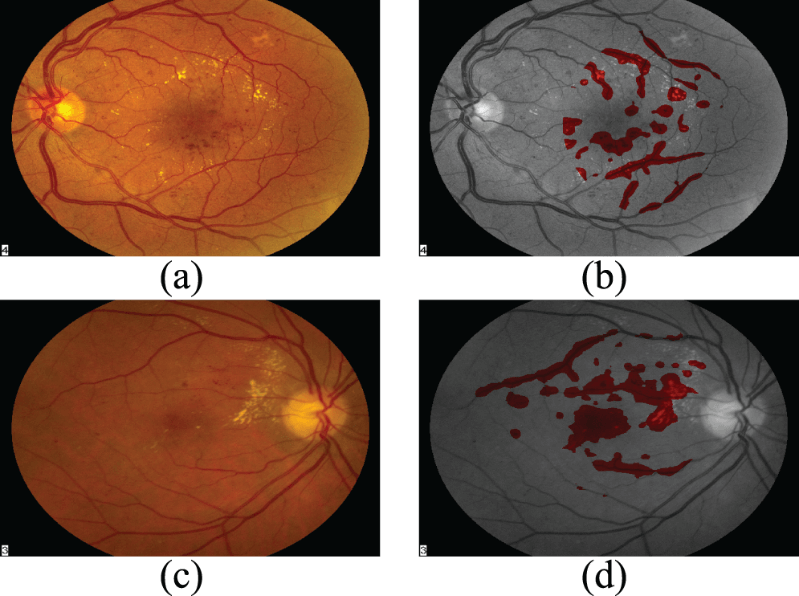Journals update
AI in ARVO Journals
Artificial intelligence based on deep learning has advanced remarkably in recent years and is now finding numerous applications in ophthalmology and visual science. ARVO journals have benefited from rapid growth in articles in this area, especially related to diagnostic imaging. The most frequent reports are related to macular degeneration, diabetic retinopathy and glaucoma. Unsurprisingly, these are some of the journals’ most popular articles. For example, the most viewed article in IOVS in 2018 was by Lily Peng et al of Google Research reporting the use of deep learning to predict refractive error from fundus images for the first time. This article was viewed 7472 times in 2018, almost 8 times the journal average.
More recently, an article by Jeffrey Willis et al of Genentech published in March 2019 rapidly reached the top of the IOVS most cited list (measured over 30 days). The article describes a deep learning model for predicting features of diabetic macular thickening from fundus images that are confirmed by Optical Coherence Tomography measurements. The method could allow for better screening for the disease based on simple widely-available equipment, with flagged patients referred for follow-up OCT scans. The figure below shows hot spots identified on color fundus images generated by the deep learning model that are characteristic of two different central foveal thicknesses.
Images from: Deep Learning Predicts OCT Measures of Diabetic Macular Thickening from Color Fundus Photographs, Invest. Ophthalmol. Vis. Sci. 2019;60(4):852-857. doi:10.1167/iovs.18-25634
The evolution of artificial intelligence is the new frontier in science and medicine. Integration of artificial intelligence into the methodologies and technologies employed for research and clinical care is having and will continue to have a major impact on biological discovery as well as on delivery of health care.
A 2018 article published in TVST by Qiang Chen et al from Nanjing University of Science and Technology describes the use of deep neural networks to automatically segment geographic atrophy associated with advanced stage age related macular degeneration in spectral-domain optical coherence tomography (SD-OCT) images.
Interestingly, very different applications of deep learning can be found in JOV. A wide-ranging review article published by JOV editorial board member, Denis Pelli, and Najib J. Majaj of New York University in December 2018 describes using deep learning to study biological vision.
The ARVO journal editors anticipate continued growth in AI articles based on current trends, and on the exciting developments in this area reported in the 2019 ARVO Annual Meeting abstracts.
